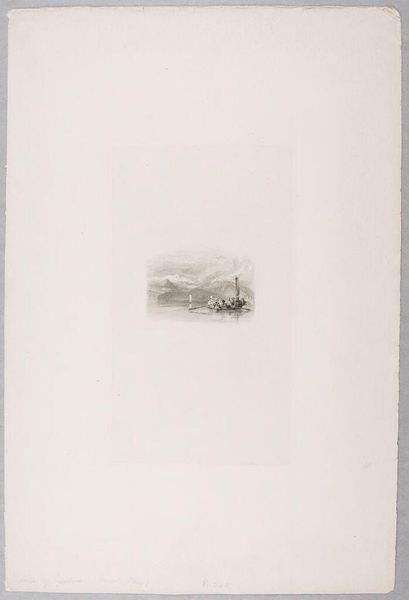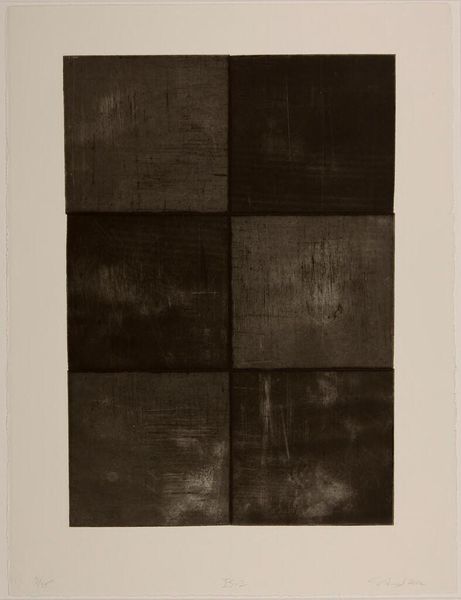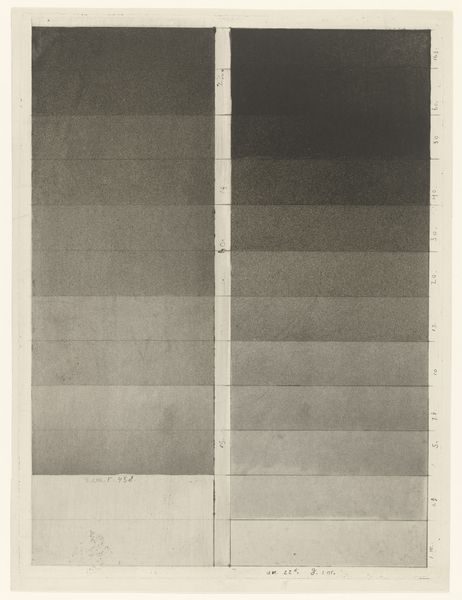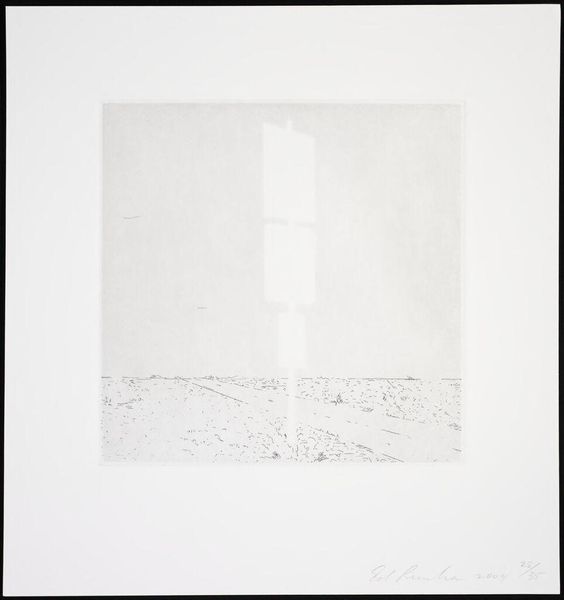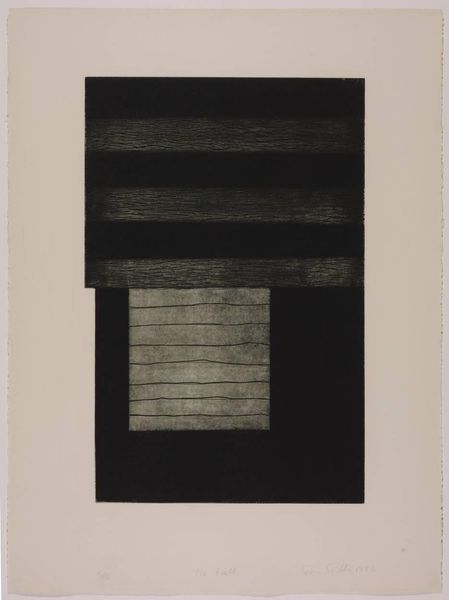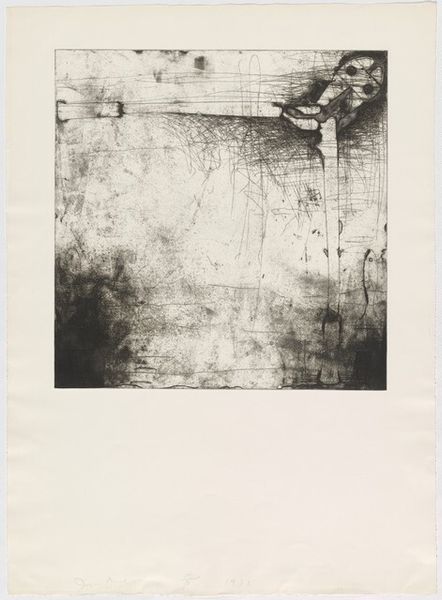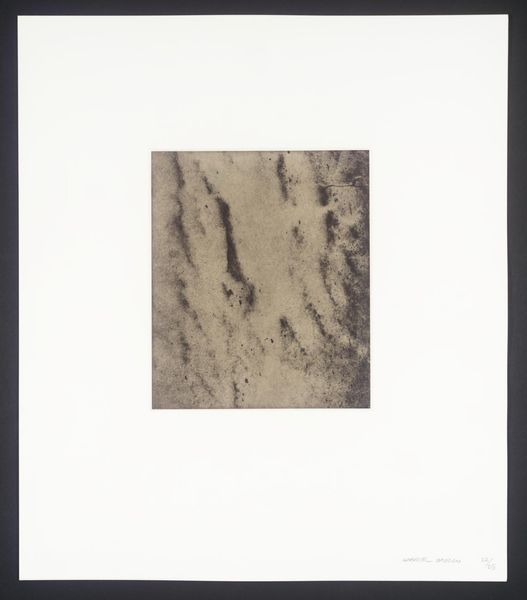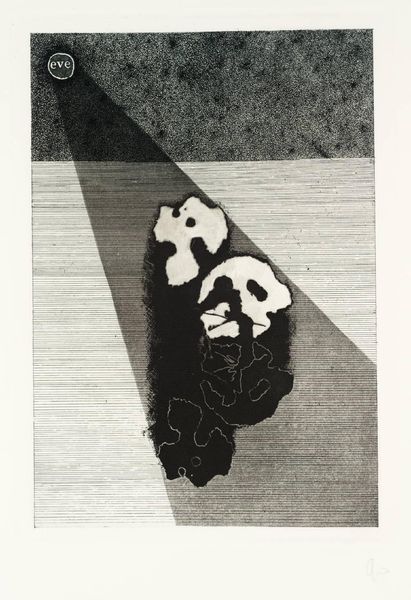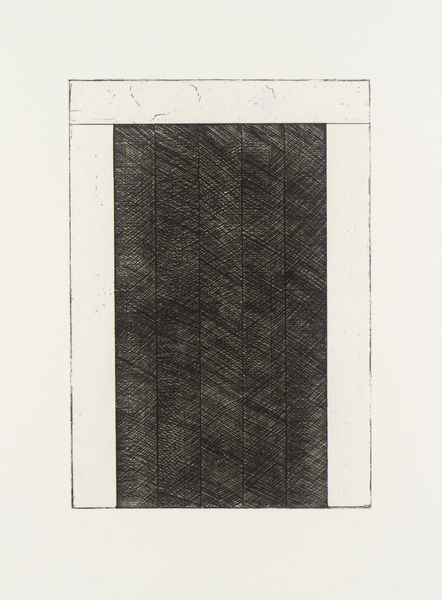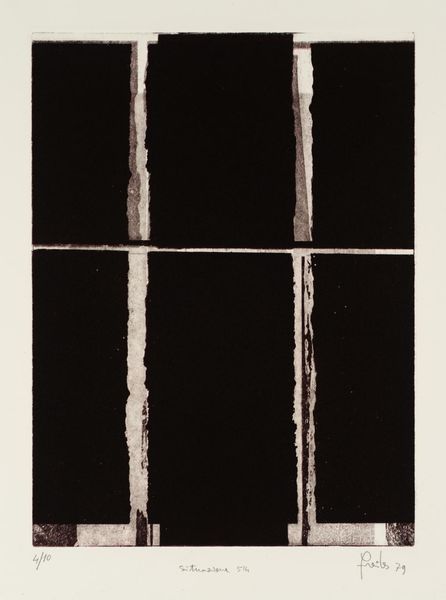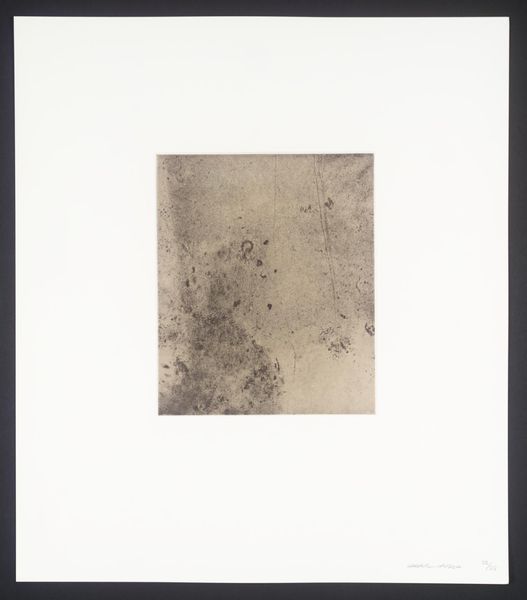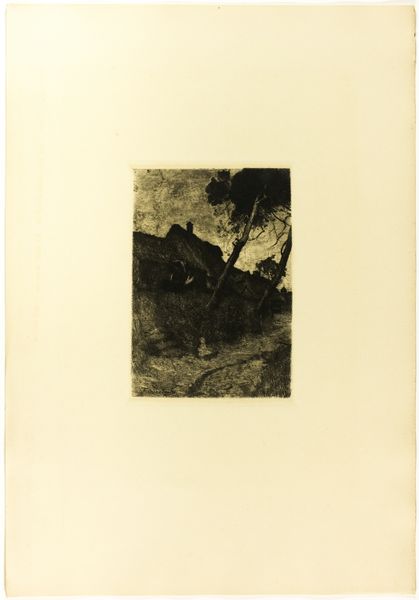
Dimensions: image: 217 x 166 mm
Copyright: CC-BY-NC-ND 4.0 DEED, Photo: Tate
Curator: At first glance, it's a bit austere, isn't it? Stark geometric lines. Editor: Yes, but something haunting about the starkness! It’s almost dreamlike, that shadow. Curator: This is "Advertisement for Pavement Stones, Cologne 1928" by Werner Mantz. Quite literally an advert, meant to showcase... well, pavement stones. Editor: The shadow almost seems like a veiled figure. I wonder if it inadvertently comments on the faceless, industrial nature of the city itself. Curator: It highlights the functional aesthetic that was prevalent in Cologne during the interwar years, as the city tried to modernize. Editor: I see that, but I can't help but see a meditation on anonymity and alienation in urban space as well. Curator: Ultimately, it makes you think about the built environment and its impact. Editor: Right, about who thrives, and who's left in the shadows.
Comments
tate 7 months ago
⋮
http://www.tate.org.uk/art/artworks/mantz-advertisement-for-pavement-stones-cologne-1928-p79942
Join the conversation
Join millions of artists and users on Artera today and experience the ultimate creative platform.
tate 7 months ago
⋮
Advertisement for Pavement Stones, Cologne 1928, printed 1977 depicts a pavement made of square stone tiles onto which is cast the shadow of an unseen human figure wearing a hat. Mantz framed the image so that the straight lines between the rows of tiles emphasise the effect of perspective, although the image is deliberately cropped at the top below the horizon line so that nothing else is visible except the pavement floor. The grey human silhouette cuts the composition diagonally, interrupting the geometric order of the pavement’s grid. It also introduces an additional tonal field to the image that contrasts with the lighter shades of the stones. These few elements exemplify Mantz’s interest in the effects of light on forms, as can be seen in other works including Title of WDR-Radio Programme, Cologne 1928, printed 1977 (Tate P79941) and Detail of Kalkerfeld Settlement, Cologne 1928, printed 1977 (Tate P79943).
